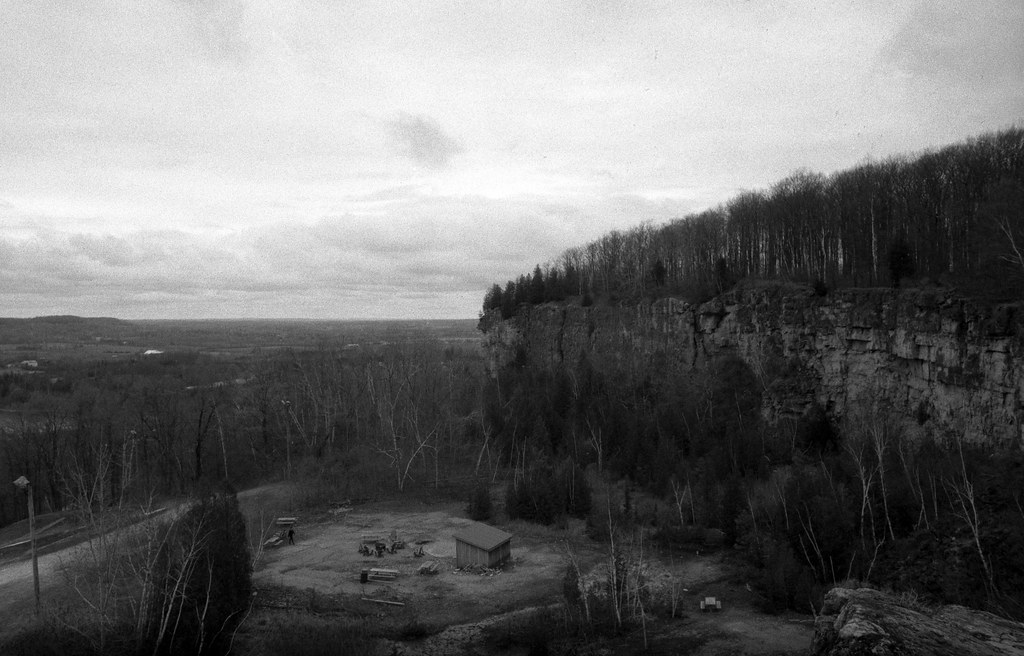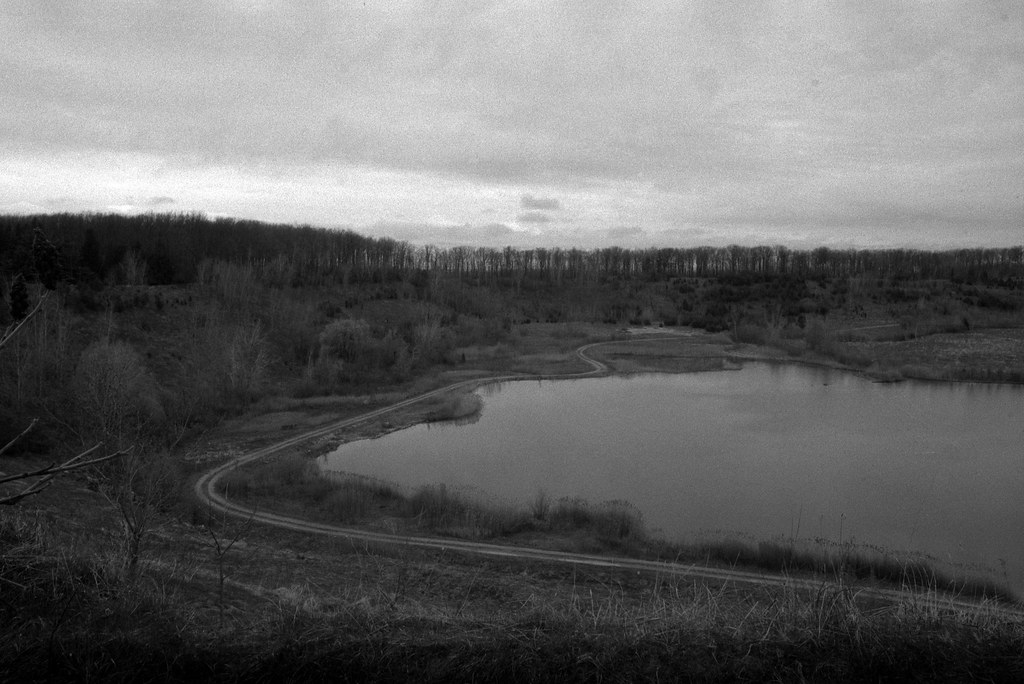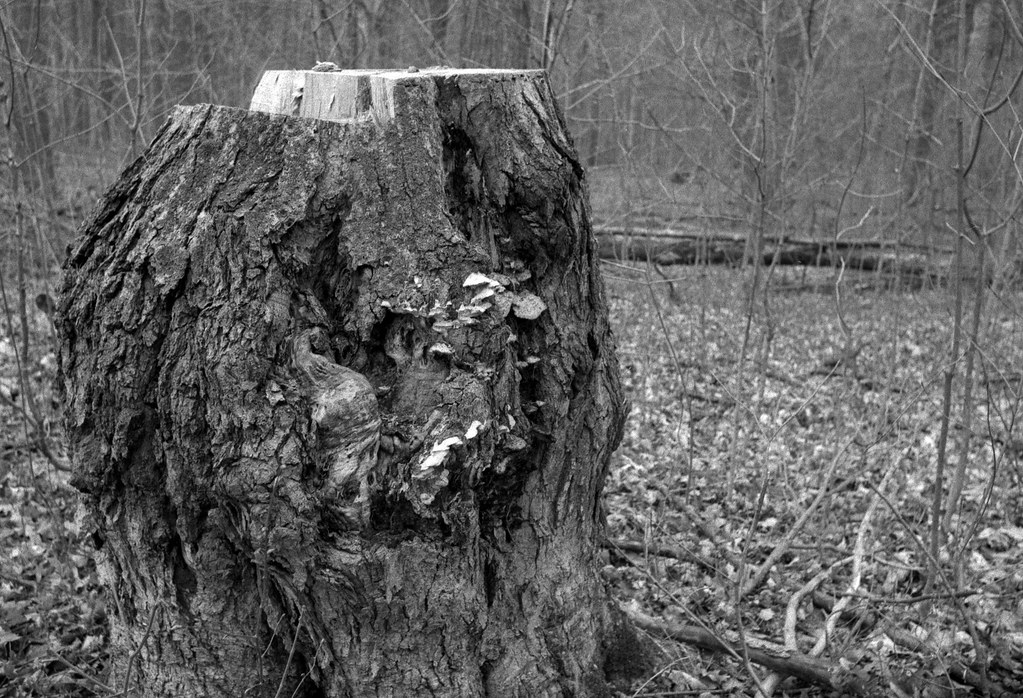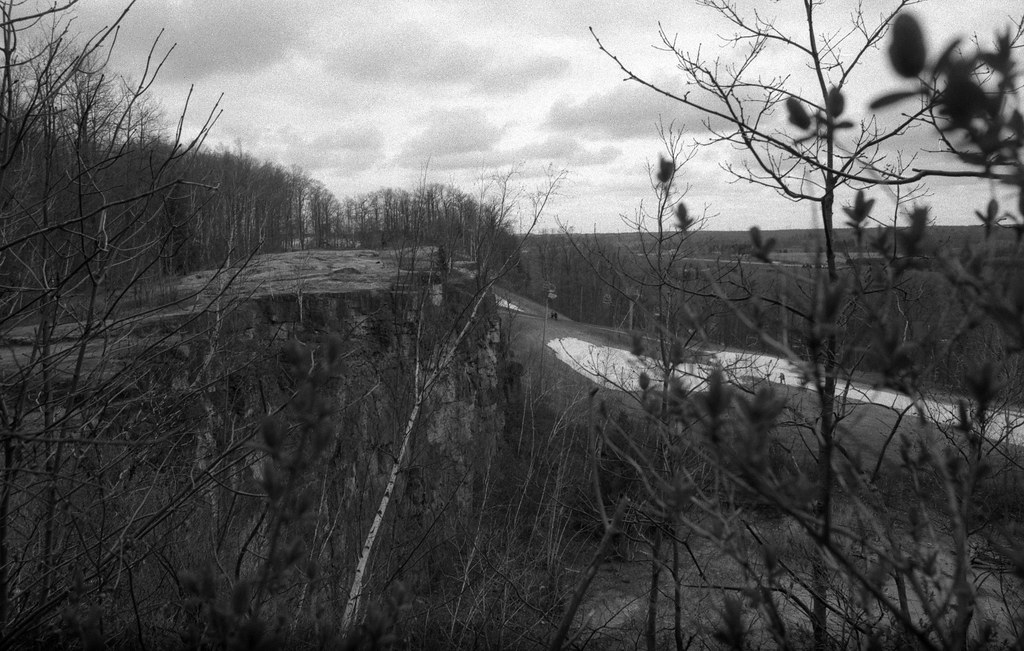To be perfectly honest, I had a whole other location planned for this week. But as with last year, this year continues to remind me that plans mean nothing. No matter how angry you get. Thankfully I have an amazing and supportive wife who suggested I get out and go for a hike. I always feel better after getting out into the fresh air and taking photos. So I hoped onto the Halton Conservation Booking site and tried to find a spot, but getting out for a hike is almost all we can do right now. Thankfully Found a spot at the Kelso Summit. For those who don’t know, the Kelso Conservation area is divided into two different sections: the main area at the foot of the Niagara Escarpment and the Summit, which is atop the escarpment. However, there is a great deal of overlap between the two sections, especially when you get out to the edge. Despite many mountain bikers, I enjoyed the trip; the going got a bit rough. But I found another route back from the Escarpment edge that offers up a few more lookout points that will be worth a return visit with a medium or even large-format camera. And you never know, by the end of the project, I will have featured all the Halton Conservation parks.

Nikon FM – AI Nikkor 28mm 1:3.5 – Fomapan 200 @ ASA-200 – FPP D96 (Stock) 9:00 @ 20C
It’s strange to come across a location that doesn’t have much in the way of local history. But if we wanted to start somewhere it would be at the end of the last great ice age. In the retreat of the Wisconson glacier, it left behind the earliest forms of what we know as the great lakes. But it also left a massive scar running across what we know today as Niagara Escarpment. The Escarpment marked a massive and sudden shift in land height, running from the village of Queenston on the Niagara River to Tobermory on Georgian Bay. Throughout the years since its formation, the Niagara Escarpment has become a source of material and home for humans and animals. THose of the Neutral Nation would use rich sources of flint, the Carolinian forests home to deer and other animals which became sources of food and clothing. The soil perfect for growing crops, and even an ancient lake provided a window into the deep past. Many buildings were constructed from Queenston Limestone and many other quarries sprung up along the escarpment as a result. Including one that sits atop the Escarpment by the Kelso Conservation Area. The Kelso quarry was operated by Barrick Gold starting in 1958 and operated for some forty years providing much of the material used to construct the MacDonald-Cartier Freeway, better known as Highway 401. Conservation Halton began working in partnership to revitalize the old quarry in 1995. And between 2001 and 2006 the old quarry was subjected to environmental cleanup and revitalization as fish habitat and marshland creation. While it remains off-limits, I got a good view from the main train into the Kelso Summit.

Nikon FM – AI Nikkor 28mm 1:3.5 – Fomapan 200 @ ASA-200 – FPP D96 (Stock) 9:00 @ 20C
Nikon FM – AI Nikkor 28mm 1:3.5 – Fomapan 200 @ ASA-200 – FPP D96 (Stock) 9:00 @ 20C
One of the biggest problems with hikes is that you tend to take the same photo repeatedly, trees. Thankfully I made a point to avoid taking those images, saving up when I reached the edge of the Escarpment. I mean, the title of this week is the Summit; I would be remiss for not including that as the featured image. I also made sure to include the Kelso Quarry, a rather nice bonus on the hike that I had no idea what it used to be or the history behind the spot. Of course, I also spotted some great details along the path, that despite having a wide-angle lens with me, I made sure to capture and include. Then another couple of shots from the summit to round things out. I actually went into this not having any pre-planned shots I wanted as the whole space was new to me. So I ended up trusting my gut on which images to include!

Nikon FM – AI Nikkor 28mm 1:3.5 – Fomapan 200 @ ASA-200 – FPP D96 (Stock) 9:00 @ 20C
Nikon FM – AI Nikkor 28mm 1:3.5 – Fomapan 200 @ ASA-200 – FPP D96 (Stock) 9:00 @ 20C
Given the rough conditions and carrying another two cameras with me on the trip, I went simple with a single 28mm lens. No filter this week because it remained a bit overcast. And given that I was going to be shooting landscape I was glad to have that wide-angle. However, I would have liked a narrower view or a telephoto for some detailed shots in a couple of cases, especially when I got out to the edge. I shot at box speed (ASA-200) because of the overcast conditions, and I also spent some time under the canopy, so that extra speed proved helpful. For development, I went with FPP D96, while a motion picture film, I found it did an excellent job with Fomapan 400, so I dug up a development time online. The negatives looked excellent when I pulled them out of the tank.

Nikon FM – AI Nikkor 28mm 1:3.5 – Fomapan 200 @ ASA-200 – FPP D96 (Stock) 9:00 @ 20C
Nikon FM – AI Nikkor 28mm 1:3.5 – Fomapan 200 @ ASA-200 – FPP D96 (Stock) 9:00 @ 20C
Next week we’re going to see if I can’t shoot a single roll of 36 at a single small location and enjoy a bit of pinhole photography!